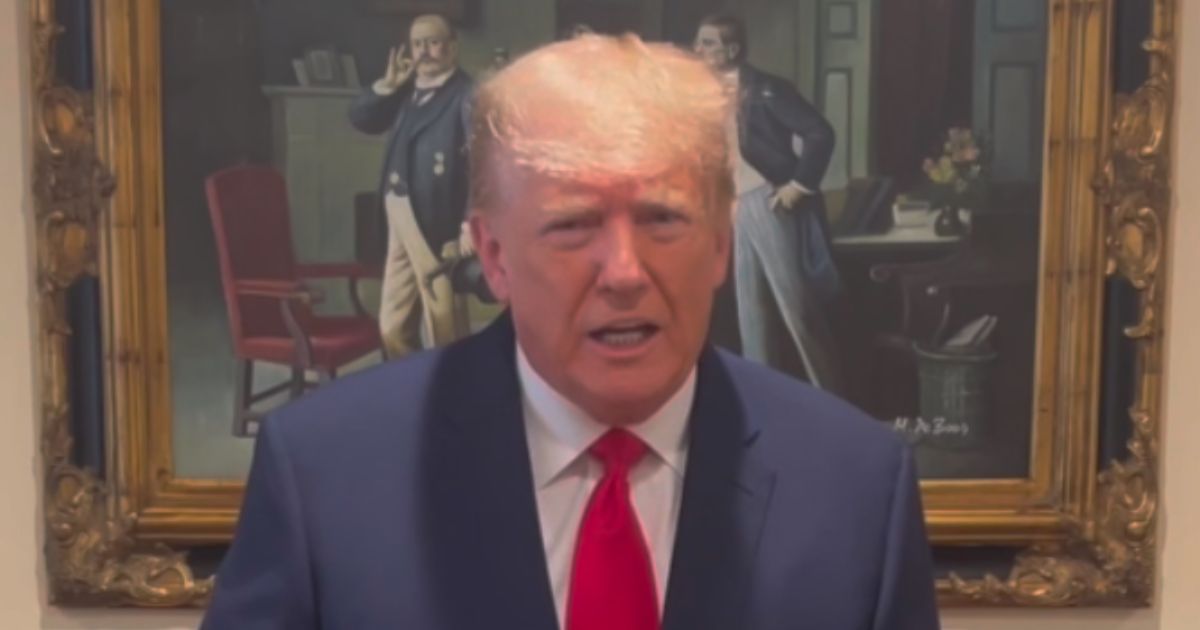Biden Positioned At Back In APEC Photo As Xi Stands Front And Center
A diplomatic gathering in Peru sparked discussions about international protocol and leadership positioning when President Joe Biden joined world leaders for the Asia-Pacific Economic Cooperation summit's traditional group photo.
According to the New York Post, the 81-year-old American president was positioned in the back corner of the APEC conference photograph while Chinese President Xi Jinping stood front and center alongside Peru's President Dina Boluarte.
The positioning of leaders at the Lima summit attracted attention from political observers and lawmakers.
White House officials maintained that the arrangement followed established APEC protocols, though some participants appeared to deviate from the customary alphabetical order by country name.
Diplomatic Protocol And Photo Positioning Analysis
The White House National Security Council defended Biden's placement, explaining through spokesperson Sean Savett that it followed precedent from previous APEC summits.
Similar arrangements were noted during the 2008 and 2016 summits in Peru when then-Presidents George W. Bush and Barack Obama attended during their final years in office.
Some Republican representatives offered different interpretations of the photo arrangement. Representative Claudia Tenney of New York suggested the positioning reflected diminished international respect for Biden's leadership, while New Jersey Representative Jeff Van Drew characterized it as symbolic of Biden's presidency.
Previous APEC summits have shown flexibility in leader positioning. During the 2017 summit in Vietnam, former President Donald Trump secured prominent spots in group photos, demonstrating that placement arrangements can vary despite protocol guidelines.
International Relations And Summit Dynamics
The Lima summit served as the backdrop for Biden's third and final presidential meeting with Xi Jinping.
The meeting location at Xi's hotel drew attention, though White House officials explained that hosting responsibilities typically rotate between leaders.
Chinese President Xi acknowledged the recent U.S. elections during his opening remarks to Biden. Xi stated, as quoted:
The United States has recently concluded its elections. China's goal of a stable, healthy and sustainable China-US relationship remains unchanged. China is ready to work with the new US administration to maintain communication, expand cooperation and manage differences, so as to strive for a steady transition of the China-US relationship for the benefit of the two peoples.
The summit's proceedings included traditional cultural elements, with leaders wearing brown scarves that represent Peru's heritage. These garments, similar to those worn at the 2016 APEC summit, were made from vicuña wool, maintaining the custom of incorporating host nation attire.
Future Leadership And Policy Implications
President-elect Trump's anticipated return to office has generated speculation about future U.S.-China relations. His previous tenure featured aggressive trade policies and tariffs aimed at securing more favorable economic terms for American businesses.
Trump's proposed approach includes plans for a global COVID-19 reparations conference, potentially seeking trillion-dollar compensation from China related to the pandemic's origins. This stance represents a significant departure from current diplomatic approaches.
The incoming administration's policies could mark a return to confrontational diplomacy. Trump has indicated intentions to renew trade pressures and pursue accountability for various international issues, including the fentanyl crisis that claimed numerous American lives.
Summit Conclusion And Regional Engagement
The APEC gathering in Lima concluded with Biden preparing for additional regional engagements. His itinerary includes a visit to Brazil, featuring an aerial tour of the Amazon rainforest and participation in the G20 economic summit in Rio de Janeiro.
Biden traveled with family members Ashley and Natalie, maintaining a schedule of diplomatic meetings amid discussions about America's role in the Pacific region. The summit's proceedings reflected ongoing adjustments in international relations as leadership transitions approach.
The gathering highlighted evolving dynamics between major powers and regional partners, with protocol arrangements generating commentary about diplomatic symbolism and future international relationships.



